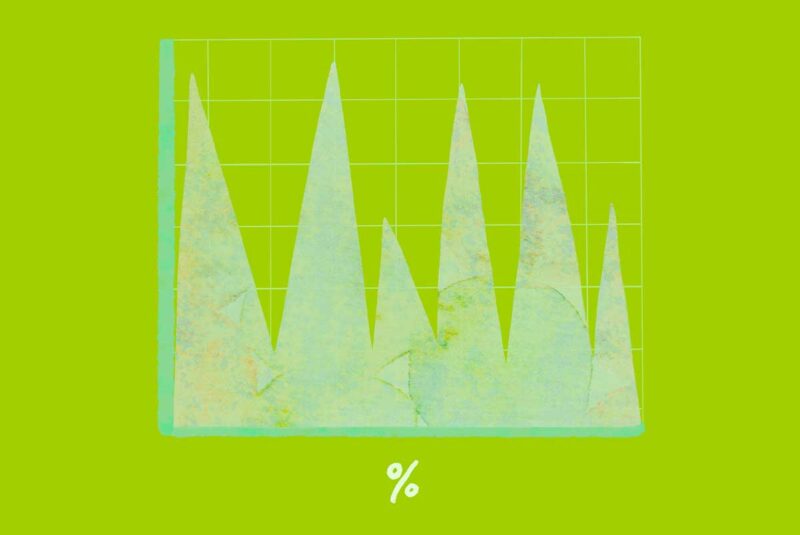If you’re looking to set aside money for retirement, a Roth Individual Retirement Account (IRA) is a popular option.
First, here are a few helpful things to know about Roth IRAs:
- While a traditional IRA lets you deposit money before it’s taxed, with a Roth IRA you deposit your money after you’ve paid income taxes on it.
- Since Roth IRAs are funded with after-tax dollars, the withdrawals are tax-free once you have met the criteria – meaning you are age 59-½ or older and have held your Roth IRA for at least 5 years. These are known as qualified withdrawals.
- You can deposit up to $6,000 a year or $7,000 if you’re over 50.[1]
- You can contribute to an IRA even if you have a 401(k), Simple IRA or other retirement plan through your employer.
- Unlike other retirement accounts, there are no required minimum distributions, which means you can keep your money in a Roth IRA and let it grow for as long as you’d like. This makes Roth IRAs a great way to save and to transfer wealth after you’re gone.
That’s all good if you want to hold onto your money until after age 59-½, but what if you want to withdraw your money before then? The good news is that there is a loophole called the 60-day rule.
What Is the IRA 60-day rule?
Using the IRA 60-day rule you can withdraw the money, but you have to deposit it into another Roth IRA within 60 calendar days. Otherwise, the IRS can take a big bite out of your retirement savings.
There are two 60-day windows to consider when withdrawing funds from a Roth IRA: the 60-day rollover window and the window for withdrawing contributions. Let’s look at both in detail.
Rollover Window
An IRA rollover usually occurs when you change jobs or retirement, which may make it necessary (or advisable) to move assets that have accumulated in your existing plan or consolidate different retirement accounts into a single account.
You have a 60-day window to roll one Roth IRA over into another Roth IRA account – it cannot be rolled into any other type of retirement account.
Once you do this, you cannot rollover any other distributions from either the distributing or receiving IRA for one calendar year from the withdrawal date.
Should you miss the 60-day window and you are:
- Below age 59-½: The consequences are severe. The attempted rollover will be considered a non-qualified withdrawal, meaning you have lost the tax-free status and you will pay ordinary income tax, plus the early withdrawal penalty of 10%. In essence, your IRA money gets taxed twice.
- Above age 59-½: If you meet the five-year criteria but miss the rollover window, it is considered a qualified withdrawal. You will not have to pay taxes on the principal, but you will have to start over with respect to setting up any new IRA or account.
Normally the best way to switch accounts is through direct transfer, with the funds going directly from one financial institution to another without ever passing through your hands. In this case, the 60-day window does not apply. You can also do direct transfers more than once per year, and transfers are not reportable to the IRS.
Withdrawal of Contributions
As noted above, you can make any qualified withdrawal of a Roth IRA after age 59-½. However, you can also make withdrawals of your contributions for any particular year below age 59-½, as long as you pay that amount back to the Roth IRA within 60 days.
This applies only to contributions (the money you’ve deposited), not earnings (the interest that you’ve earned from investing in the account).
What can you do with money for 60 days?
In essence, your Roth IRA can serve as a short-term, interest-free loan to yourself. This makes for a perfect emergency reserve of cash for any temporary cash-flow problem or large expense.
How much can you borrow?
If you decide not to pay back the contribution to the Roth IRA, the consequence is that you have lost the ability to contribute that amount for the year, up to the $5,000 yearly contribution limit.
For example, let’s say you contributed $2,000 to your Roth IRA in the first 4 months of the year, and you withdrew $1,500 of that contribution to pay bills.
If you don’t pay the money back within the 60-day window, you would only be able to contribute $3,000 more to your Roth IRA for the rest of that year, giving you a limit of $3,500 for that year — the $500 you did not withdraw plus the $3,000 you added in the last 6 months.
Understanding and Using This Tax-Free Tool
Remember that these 60-day windows are 60 calendar days, not business days. Don’t let a simple mistake like that ruin your plans.
Roth IRA’s are outstanding retirement investment vehicles, but keep these two important 60-day windows in mind if you want to use your Roth IRA as a rainy day fund – and especially if you are rolling over any Roth IRA into a different one.
The Short Version
- There are two types of fund withdrawals from a Roth IRA – qualified withdrawal or non-qualified withdrawal – but only the former is tax and penalty-free
- You have a 60-calendar-day window to rollover withdrawals into another Roth IRA account if you need your IRA cash for a rainy day or tax advantage
- Roth IRA funds can function as convenient and interest-free loans to yourself in case of unexpected expenses
Internal Revenue Service. “Retirement Topics – IRA Contribution Limits.” Retrieved March 2022 from https://www.irs.gov/retirement-plans/plan-participant-employee/retirement-topics-ira-contribution-limits
Internal Revenue Service. “Retirement Plans FAQs regarding Hardship Distributions.” Retrieved March 2022 from https://www.irs.gov/retirement-plans/retirement-plans-faqs-regarding-hardship-distributions




